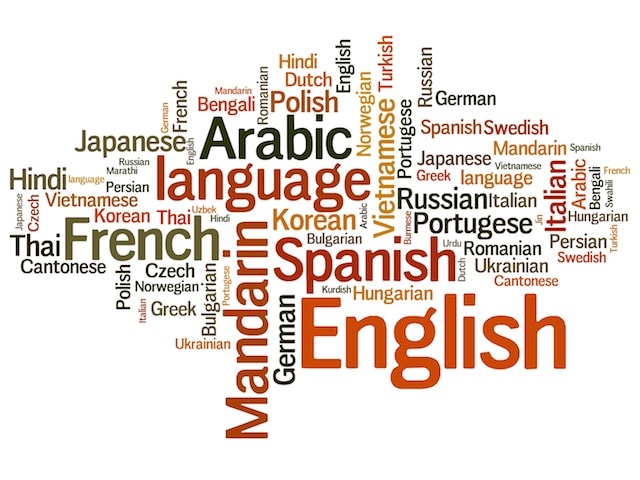PASHTO LANGUAGE
Understanding The Pashto Language & Providing Professional Pashto Interpreters, Translators and Transcriptionists
American Language Services ?(AML-Global) understands the importance of working in the Pashto language. For over a Quarter of a Century, American Language Services? has worked with the Pashto language as well as hundreds of others from around the world. We offer comprehensive language services 24 hours, 7 days a week worldwide by providing Pashto interpreting, translation and transcriptions services along with hundreds of other languages and dialects. Our linguists are native speakers and writers who are screened, credentialed, certified, field tested and experienced in a number of specific industry settings. The Pashto language is unique and has very specific origins and characteristics.
Pashto in Afghanistan
Pashto is an Indo-European language spoken primarily in Afghanistan and northwestern Pakistan. Afghanistan is a crossroads between the East and the West, and has been an ancient focal point of trade and migration. It has an important geostrategic location, connecting South and Central Asia and Middle East. During its long history, the land has seen various invaders and conquerors, while on the other hand, local entities invaded the surrounding vast regions to form their own empires. Afghans display pride in their religion, country, ancestry, and above all, their independence. Like other highlanders, Afghans are regarded with mingled apprehension and condescension, for their high regard for personal honor, for their clan loyalty and for their readiness to carry and use arms to settle disputes. As clan warfare and internecine feuding has been one of their chief occupations since time immemorial, this individualistic trait has made it difficult for foreign invaders to hold the region.
Pashto Writing System
From the time of Islam’s rise in southern Central Asia, Pashto has used a modified version of the Arabic script. The seventeenth century saw the rise of a polemic debate which also was polarized along lines of script. The heterodox Roshani movement wrote their literature mostly in the Persianate style called the Nasta’liq script. The followers of the Akhund Darweza, and the Akhund himself, who viewed themselves as defending the religion against the influence of syncretism, wrote Pashto in the Arabicized Naskh. With some individualized exceptions Naskh has been the generally used script in the modern era of Pashto, roughly corresponding with the late nineteenth and twentieth centuries, due to its greater adaptability for typesetting. Even lithographically reproduced Pashto has been calligraphied in Naskh as a general rule, since it was adopted as standard.
Pashto Dialects
As a consequence of life in areas of rugged terrain, there are many dialects of Pashto language. The two main dialects are soft or southern dialect, and hard or northern dialect. Paktika is roughly the dividing line. The differences between the southern dialects and the northern dialects are primarily phonological and there are simple conversion rules.
Who are You Going to Trust with Your Vital Pashto Language Needs?
The Pashto language is an important language worldwide. It is vital to understand the general nature and specific idiosyncrasies of Pashto. Since 1985, AML-Global has provided outstanding Pashto interpreters, translators and transcriptionsts worldwide.
























